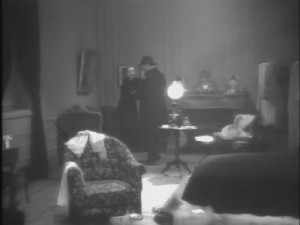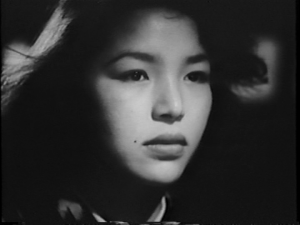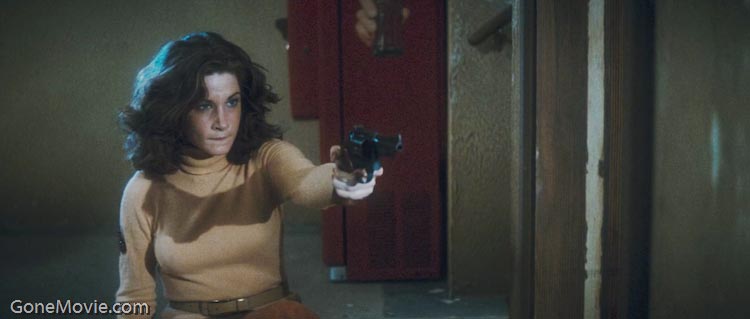These are the original letters published in French translation in Trafic no. 24, Winter 1997 and subsequently published in English in a 2003 book edited by Adrian Martin and myself, Movie Mutations: The Changing Face of World Cinephilia (London: British Film Institute). These letters have by now also appeared in Croatian, Dutch, Farsi, French, German, and Spanish. — J.R.
From Jonathan Rosenbaum (Chicago):
7 April, 1997
Dear Adrian,
Almost a year has passed since I wrote in Trafic* about “the taste of a particular generation of cinephiles — an international and mainly unconscious cabal (or, more precisely, confluence) of critics, teachers, and programmers, all of whom were born around 1960, have a particular passion for research (bibliographic as well as cinematic), and (here is what may be most distinctive about them) a fascination with the physicality of actors tied to a special interest in the films of John Cassavetes and Philippe Garrel (as well as Jacques Rivette and Maurice Pialat).” I named four members of this generation — Nicole Brenez (France), Alexander Horwath (Austria), Kent Jones (U.S.), and you (Australia). Each of you, I should add, I met independently of the other three, originally through correspondence (apart from Kent), although Kent and Alex already knew each other. Read more
The following was written for CITIZEN PETER, a very handsomely produced and multilingual 476-page book celebrating the late Peter von Bagh’s 70th birthday, in late August 2013, coedited by Antti Alanen and Olaf Möller. — J.R.

Preface
Peter von Bagh is the man who convinced me to purchase my first multiregional VCR in the early 1980s. So he has a lot to answer for — including, just for starters, my DVD column in Cinema Scope.


We’ve met at various times in Paris, London, New York, Southern California, Chicago, Helsinki, Sodankylä, and Bologna — and probably in other places as well, although these are the ones I currently remember. The first times were in Paris in the early 1970s, when he looked me up, and it must have been either in San Diego in 1977 or 1978 or in Santa Barbara between 1983 and 1987 that he convinced me to buy a multiregional VCR. Most likely it was the latter, where I was mainly bored out of my wits apart from my pastime of taping movies from cable TV, and Peter maintained that if we started swapping films through the mail, a multiregional VCR would allow me to play some of the treasures he could send me. Read more
From Take One (January 1979). — J.R.

In order to do justice to the mesmerizing effectiveness of Halloween, a couple of mini-backgrounds need to be sketched: that of writer-director John Carpenter, and that of the Mainstream Simulated Snuff Movie — a popular puritanical genre that I’ll call thw MSSM for short.
(1) On the basis of his first two low-budget features, it was already apparent that the aptly-named Carpenter was one of the sharpest Hollywood craftsmen to have come along in ages — a nimble jack-of-all-trades who composed his own music, doubled as producer (Dark Star) and editor (Assault on Precinct 13), and served up his genre materials with an unmistakably personal verve. Both films deserve the status of sleepers; yet oddly enough, most North American critics appear to have slept through them, or else stayed away. Somehow, the word never got out, apart from grapevine bulletins along a few film-freak circuits.

Dark Star proved that Carpenter could be quirky and funny; Assault showed that he could be quirky, funnu, and suspenseful all at once. Halloween drops the comedy, substitutes horror, and keeps you glued to your seat with ruthless efficiency from the first frame to the last. Read more





